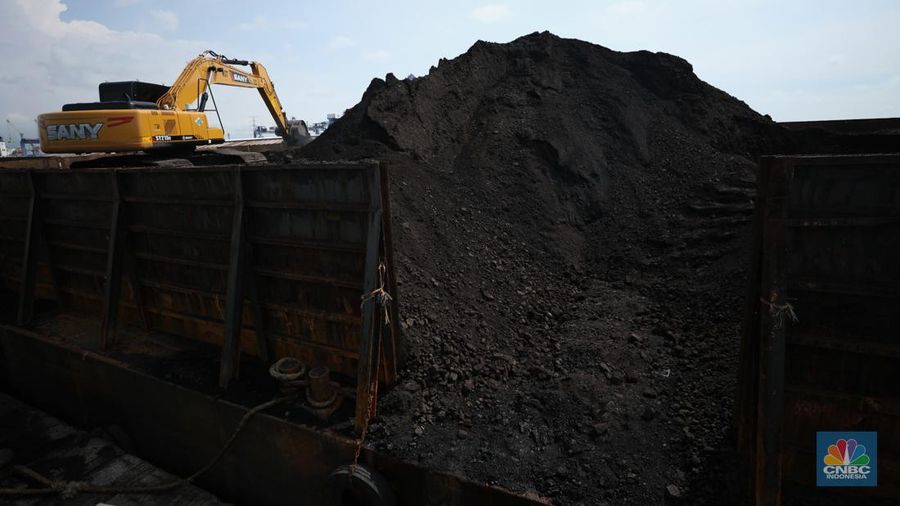
David Paul Morris | Bloomberg | Getty Images
Oil prices fell to a six-week low on Friday as new Covid lockdowns sparked demand concerns just as industry players signal a return of supply.
But for consumers looking for some reprieve at the pump, the declines aren’t likely to immediately translate into lower gas prices. The national average for a gallon of gas stood around a seven-year high of $3.41 on Friday, according to AAA. That’s up from $3.34 one month ago, and $2.12 last year.
The U.S. benchmark for oil sank more than 4% to a session low of $75.37, a price not seen since Oct. 7.
Crude traded in the green earlier in the day, but fell into negative territory following news of Austria’s lockdowns. The demand rebound has been a key driver of oil’s recovery this year, and any indication that it might thaw will spook market participants. Lockdowns sap demand for petroleum products since people aren’t moving around and businesses are closed. If the measures extend beyond Austria to other parts of Europe or elsewhere, it could tip the market into oversupply.
“The market still remains fundamentally in a good position but lockdowns are now an obvious risk to this if other countries follow Austria’s lead,” said Craig Erlam, senior market analyst at Oanda. “A move below $80 could deepen the correction, perhaps pulling the price back towards the mid-$70 region,” he added.
The December futures contract expires today, with the more actively traded contract for January delivery dipping 3.8% to $75.44 per barrel. Brent crude futures, the international benchmark, traded as low as $78.15 for the first time since Oct. 1.
Both WTI and Brent are on track for a fourth straight week of losses, which is the longest weekly losing streak since March 2020.
“A slight dip in gas demand, possibly due to seasonal driving habit changes, is contributing to some price relief at the pump,” an AAA spokesperson said Monday, before adding that “the ongoing tight supply of crude oil will likely keep gas prices fluctuating, instead of dropping, for some time.”
While Friday’s decline is the largest for oil since July, the commodity’s been trending lower over the last few weeks. The Biden Administration has repeatedly said it’s exploring ways to ease the burden that higher oil is putting on consumers in the form of gas prices, which are hovering around a seven-year high. One option would be for the administration to tap the Strategic Petroleum Reserve.
“If the US presidential administration wants the oil market’s attention, it now has it, as all eyes are on Washington to see whether it will up the ante on China’s SPR release with a follow-up coordinated effort to put further downward pressure on oil prices,” said Louise Dickson, senior oil markets analyst at Rystad Energy. “The US has been publicly probing the oil market, OPEC+ in particular, to ease supply and provide price relief, since the summer, and other importing countries like China, India, and Japan [are] joining the chorus.”
That said, analysts have noted that releasing oil from the SPR likely wouldn’t have much of a long-term impact.
“While such a decision would result in price setbacks, the SPR can only fill the gap during temporary production disruptions, not fix structural issues of underinvestment and rising demand,” UBS said in a Nov. 5 note to clients.
In addition to political headwinds, oil is also facing pressure from an uptick in supply as producers, including in the U.S., bring production online.
Oil’s steadily climbed higher throughout 2021 with WTI hitting a seven-year high of $85.41 on Oct. 25. Since then, it’s down 11.5%. Despite the recent weakness, U.S. oil is still up 55% for 2021.




